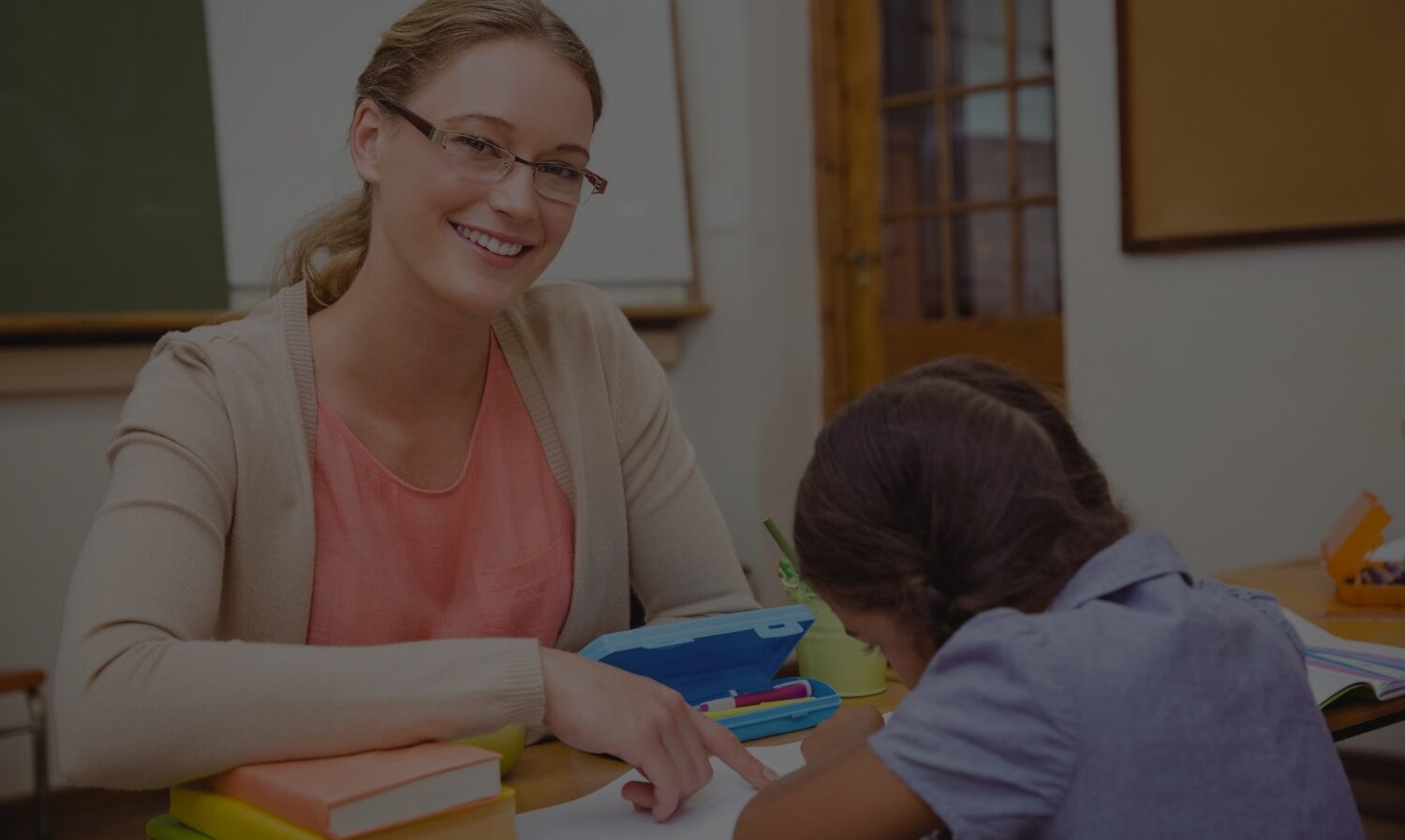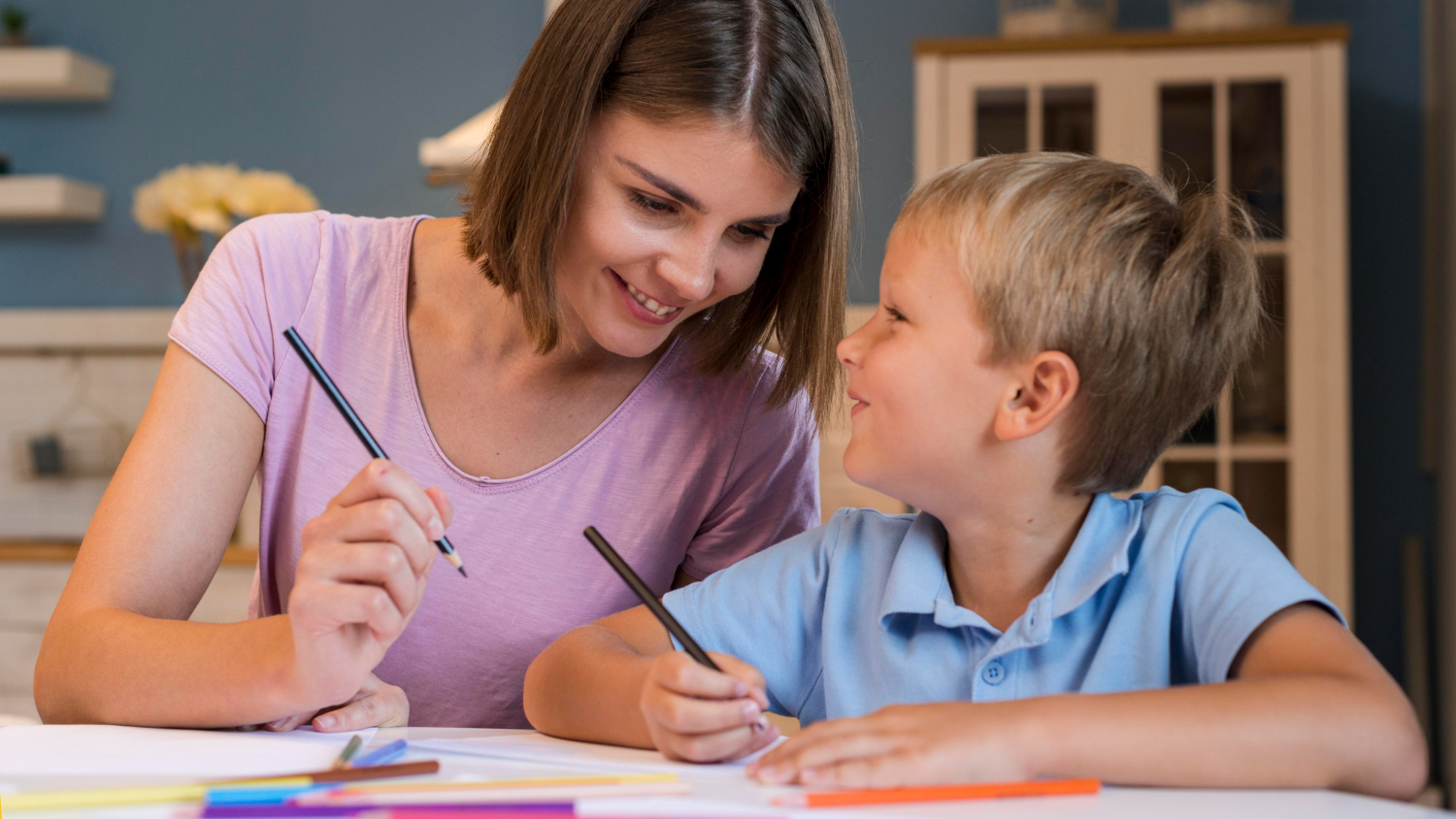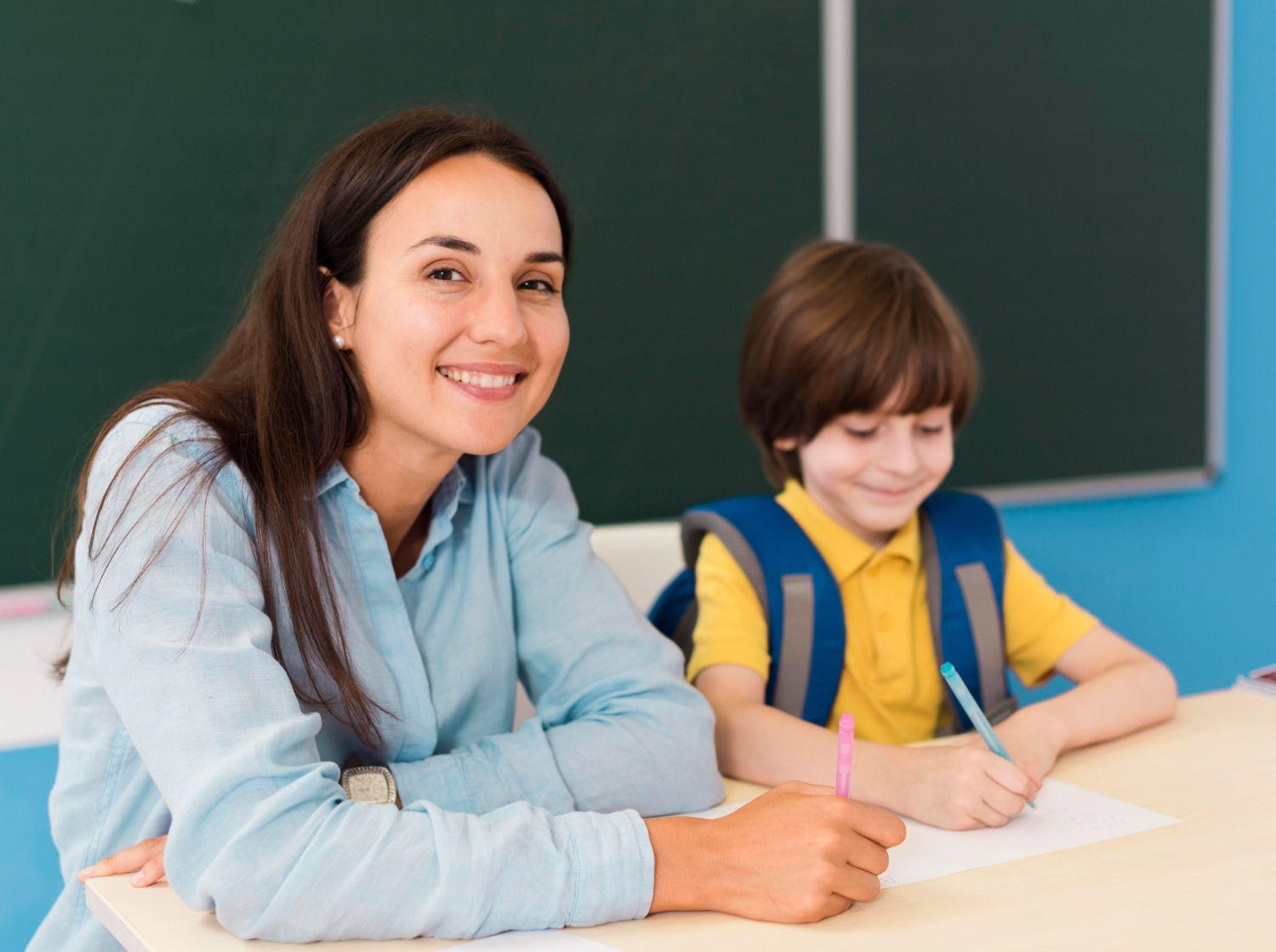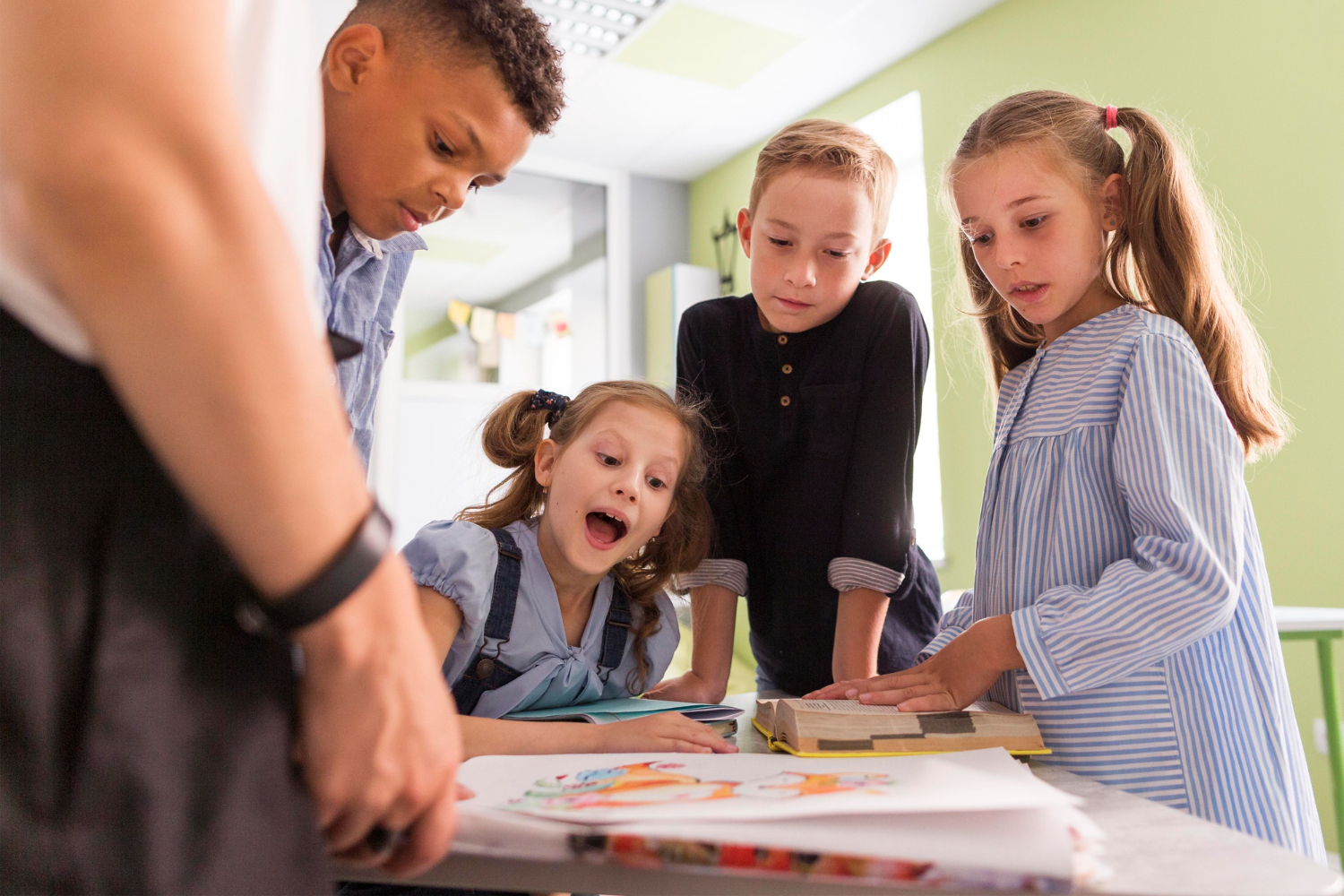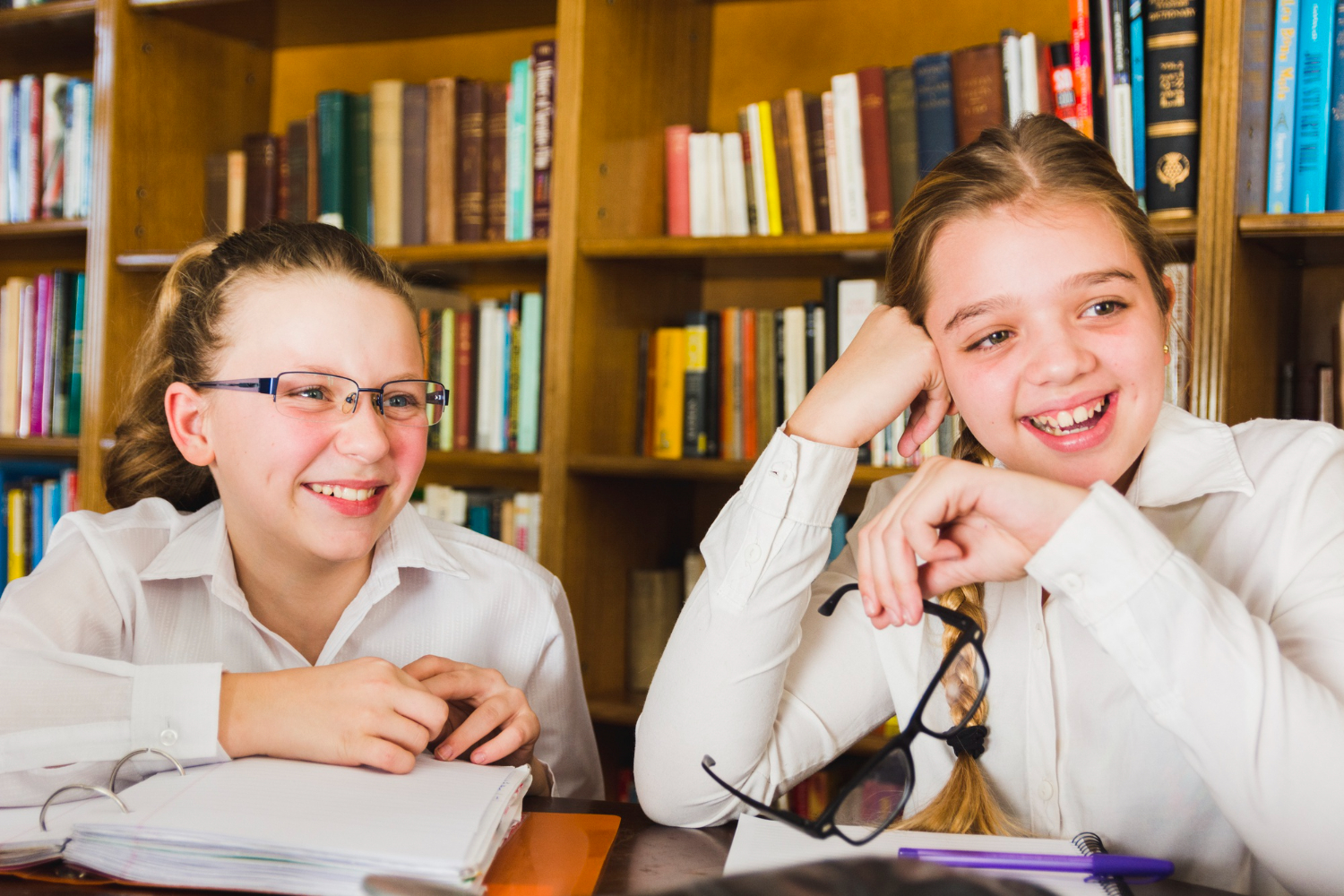Building strong relationships between teachers and students is essential for creating a positive and supportive learning environment. These relationships go beyond the traditional teacher-student dynamic and are characterised by trust, respect, empathy, and open communication.
It has become more important than ever for teachers to develop healthy relationships with students. Not only do positive student-teacher relationships increase academic performance, it also improves social and emotional health of students by helping them build a sense of belonging. Studies have also found that negative relationships between teachers and students can lead to behavioural challenges.
Are you struggling to create bonds with your students? We’re here to help. We’ll explore strategies teachers can use to create a a sense of belonging, motivation, and engagement in the classroom.

